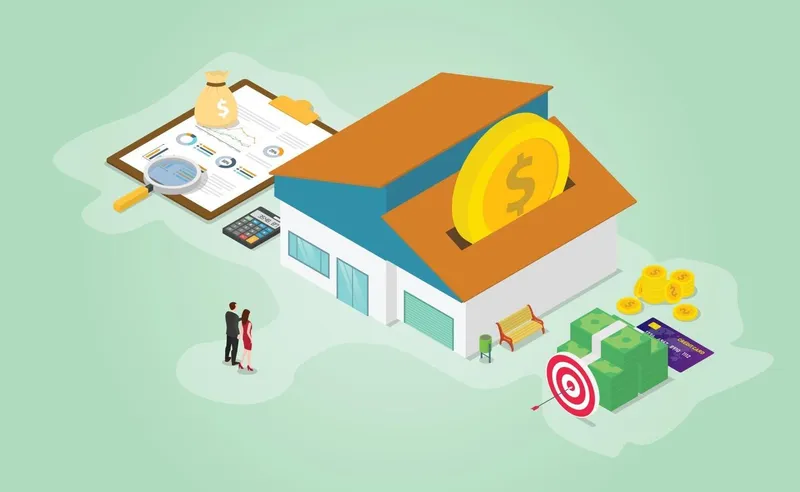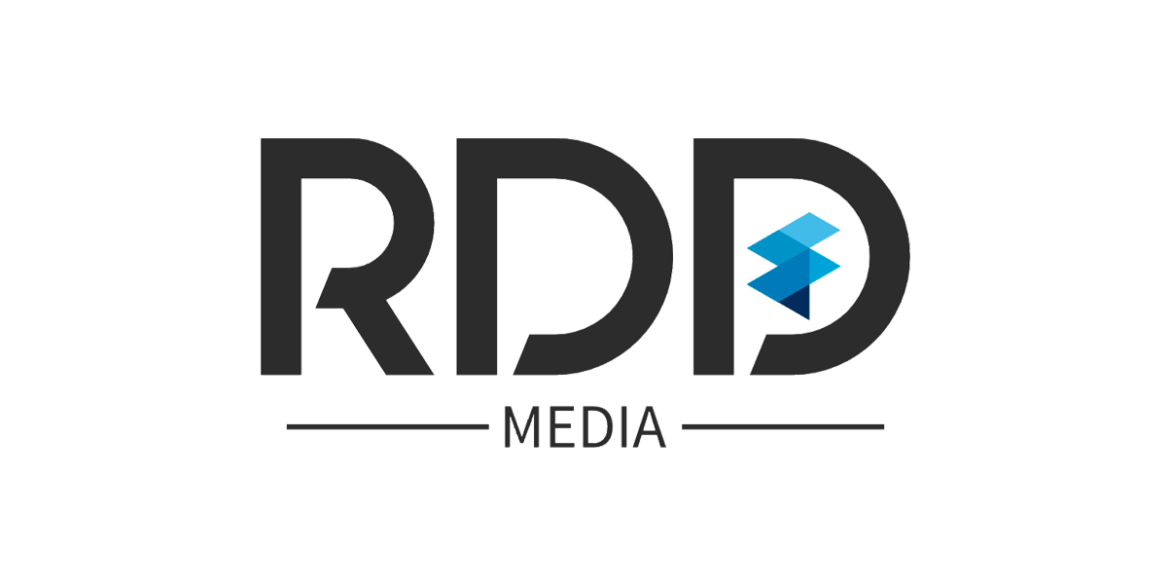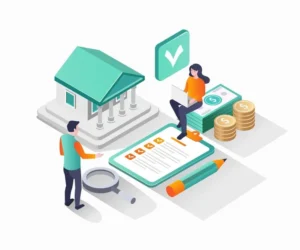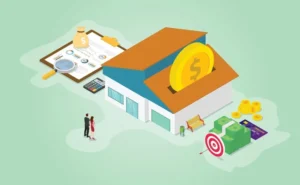Navigating the Maze: Understanding Mortgage Interest Rates

When it comes to purchasing a home, one of the most critical factors to consider is the mortgage interest rate. Your interest rate can significantly impact the total cost of homeownership over the life of your loan. While many are familiar with the basics of interest rates, there’s a multitude of nuanced factors at play in today’s dynamic financial landscape.
In this article, we delve beyond the fundamentals to explore the ever-evolving world of mortgage interest rates. We’ll consider how global economic conditions, environmental factors, technological advancements, and even ethical financing practices can influence the rates available to prospective homeowners. Understanding these dynamics can empower you to make informed decisions as you embark on your homeownership journey.
Let’s embark on this exploration of mortgage interest rates, shedding light on the often overlooked aspects that could save you money and lead to a more secure financial future.
1. The Global Economic Context: Mortgage interest rates are not only influenced by national economic conditions but can also be impacted by global factors. For instance, economic instability in other parts of the world can lead to a flight of capital into the United States, driving down long-term interest rates. Understanding the interconnectedness of the global economy can provide valuable insights into interest rate trends.
2. Environmental Factors: Environmental issues, such as climate change and natural disasters, can indirectly affect mortgage interest rates. Areas prone to climate-related risks, like hurricanes or wildfires, may experience fluctuations in property values. Lenders might adjust interest rates to account for these risks in specific regions.
3. Technological Advancements: The financial industry is continually evolving due to technological advancements. The rise of fintech and online lending platforms has introduced new ways of assessing borrowers’ creditworthiness and risk. These innovations can influence how lenders determine mortgage interest rates, making the lending process more efficient and potentially offering better rates to some borrowers.
4. Alternative Lending Models: Traditional lenders like banks and credit unions have been the primary source of mortgage loans. However, alternative lending models, such as peer-to-peer lending and crowdfunding platforms, have emerged in recent years. These platforms may offer different interest rate structures and can be attractive options for some homebuyers.
5. Government Initiatives: Government-backed mortgage programs, such as those offered by the Federal Housing Administration (FHA) or the Department of Veterans Affairs (VA), often have specific interest rate structures. Staying informed about these programs and their eligibility criteria can help potential homebuyers access competitive interest rates, especially if they qualify for government-backed loans.
6. Local Real Estate Market Dynamics: While national economic trends play a role in mortgage interest rates, local real estate market conditions also matter. Factors like housing supply and demand, job growth, and regional economic stability can influence local interest rate variations. Prospective buyers should consider both national and local factors when evaluating interest rate options.
7. The Role of the Federal Reserve: The Federal Reserve, through its monetary policy decisions, has a significant impact on short-term interest rates. While these rates directly affect adjustable-rate mortgages, they can indirectly influence fixed-rate mortgages as well. Keeping an eye on the Federal Reserve’s policy direction can provide insights into future interest rate movements.
8. The Impact of Demographics: Demographic shifts, such as the aging population and generational changes, can also influence mortgage interest rates. For example, as millennials enter the homebuying market in larger numbers, their preferences and financial situations may lead to shifts in demand for specific types of mortgage products and rates.
9. Ethical and Sustainable Financing: An increasing emphasis on ethical and sustainable finance practices may lead to the development of mortgage products that reward borrowers for environmentally friendly home features or energy-efficient upgrades. These innovative mortgage structures may come with unique interest rate incentives.
10. Personal Financial Health: Beyond external factors, individual borrowers’ financial health remains a critical determinant of the interest rates they can access. Managing personal finances, reducing debt, and maintaining a strong credit profile are ongoing strategies for securing favorable mortgage interest rates.
Incorporating these thoughts into discussions about mortgage interest rates can provide a more comprehensive understanding of the subject and empower potential homebuyers to make well-informed decisions.







